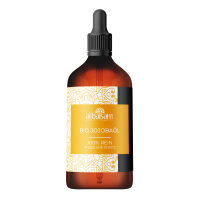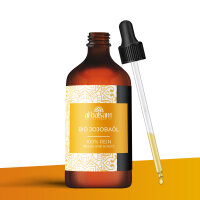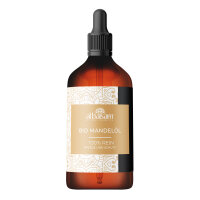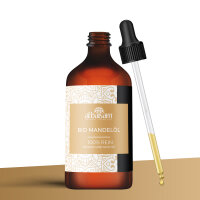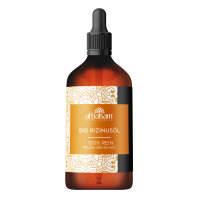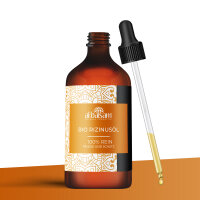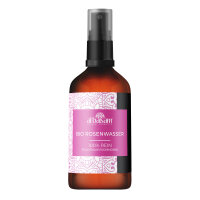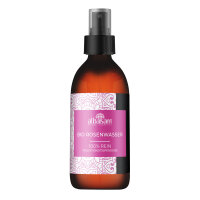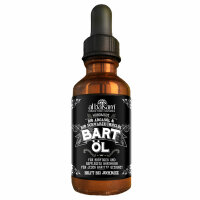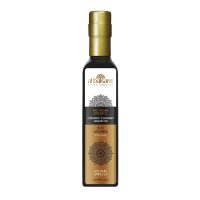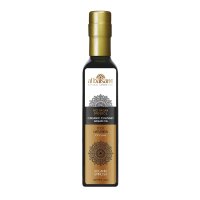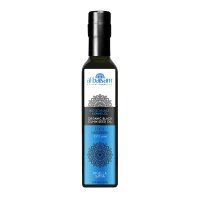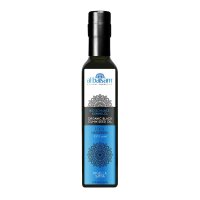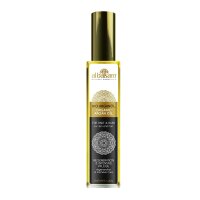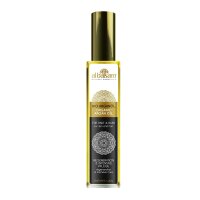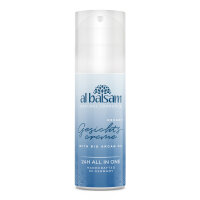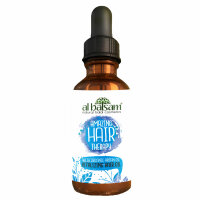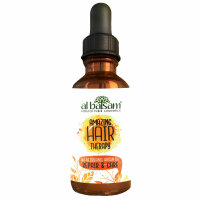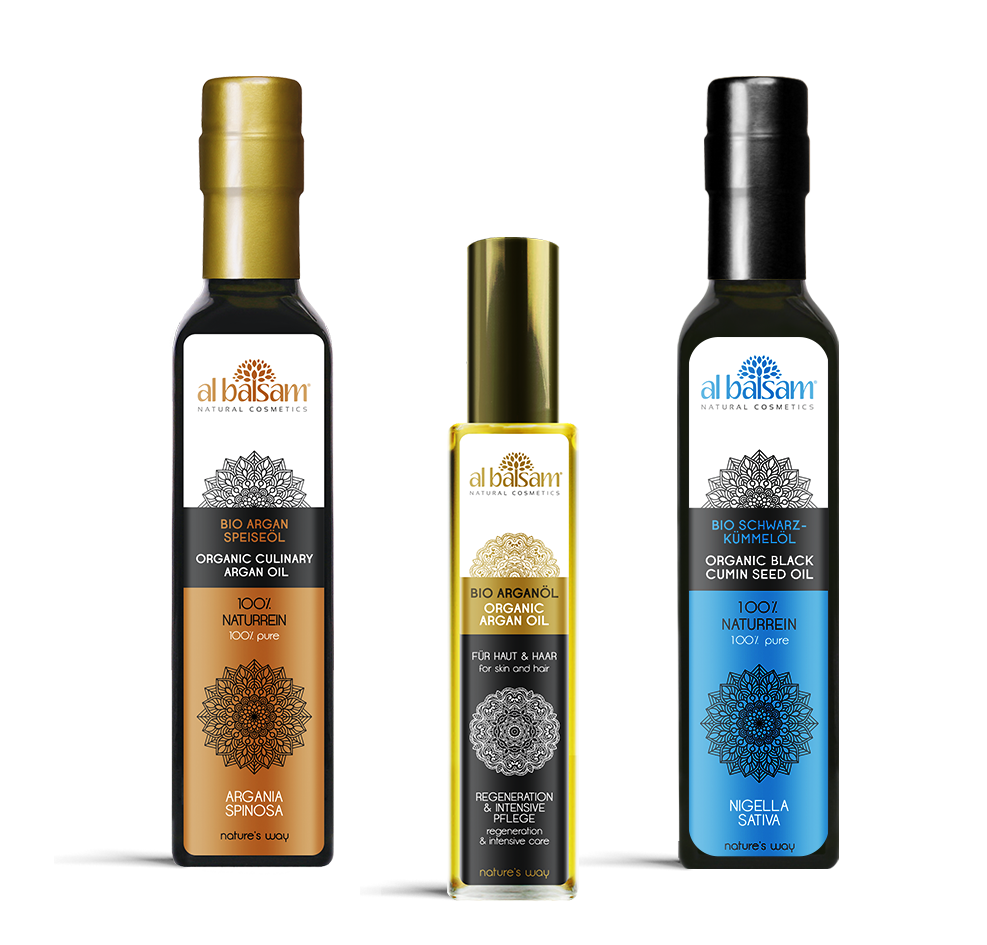
DIE REINSTE PFLEGE FÜR DEINE HAUT
So viel Natürlichkeit wie möglich und so viel Wirkung wie nötig. Die Formulierungen für unsere 100% veganen Produkte wählen wir sorgfältig aus, damit sie für jeden Hauttyp, jedes Alter, jedes Geschlecht und auch unsere Umwelt verträglich sind.
Entscheidend für dich ist dabei die Kombination unserer Wirkstoffe. Stimme unsere Produkte genau auf dein Hautbedürfnis ab und wende sie gezielt an – eins nach dem anderen. Weil deine Haut es verdient hat, dass du dich um sie kümmerst.

DIE REINSTE PFLEGE FÜR DEINE HAUT
So viel Natürlichkeit wie möglich und so viel Wirkung wie nötig. Die Formulierungen für unsere 100% veganen Produkte wählen wir sorgfältig aus, damit sie für jeden Hauttyp, jedes Alter, jedes Geschlecht und auch unsere Umwelt verträglich sind.
Entscheidend für dich ist dabei die Kombination unserer Wirkstoffe. Stimme unsere Produkte genau auf dein Hautbedürfnis ab und wende sie gezielt an – eins nach dem anderen. Weil deine Haut es verdient hat, dass du dich um sie kümmerst.
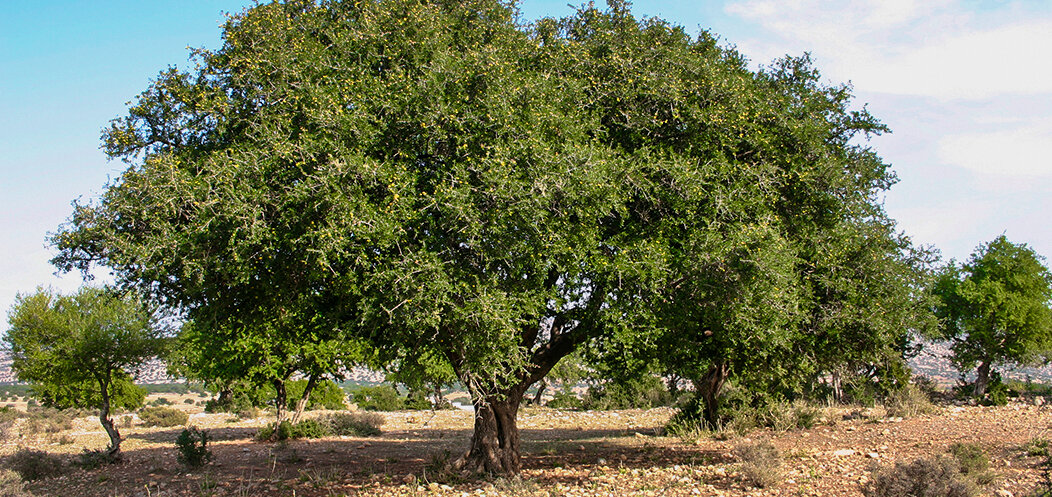
Das Biosphärenreservat Arganerie
Weltweit gibt es nur einen Ort, an dem Arganbäume Früchte tragen: in der im Südwesten Marokkos gelegenen Region Souss-Massa-Draa, welche 1995 von der UNESCO zum Biosphären-Reservat erklärt wurde. Der Arganbaum dient zurzeit ca. 2 Millionen Menschen als Lebensgrundlage. 10 Bäume können dabei eine Person ernähren.
Entscheidend für dich ist dabei die Kombination unserer Wirkstoffe. Stimme unsere Produkte genau auf dein Hautbedürfnis ab und wende sie gezielt an – eins nach dem anderen. Weil deine Haut es verdient hat, dass du dich um sie kümmerst.

Das Biosphärenreservat Arganerie
Weltweit gibt es nur einen Ort, an dem Arganbäume Früchte tragen: in der im Südwesten Marokkos gelegenen Region Souss-Massa-Draa, welche 1995 von der UNESCO zum Biosphären-Reservat erklärt wurde. Der Arganbaum dient zurzeit ca. 2 Millionen Menschen als Lebensgrundlage. 10 Bäume können dabei eine Person ernähren.
Entscheidend für dich ist dabei die Kombination unserer Wirkstoffe. Stimme unsere Produkte genau auf dein Hautbedürfnis ab und wende sie gezielt an – eins nach dem anderen. Weil deine Haut es verdient hat, dass du dich um sie kümmerst.
Qualität aus der Frauen-Kooperative
Das al balsam Bio-Arganöl wird unter fairen Bedingungen von einer Frauenkooperative hergestellt. Die 63 Frauen stellen das Öl selbst her und verkaufen nicht nur die Argannüsse an große Firmen. Damit können sie einen großen Teil zum Familieneinkommen beitragen.
Unser Arganöl ist direkt durch das Bundesamt für Verbraucherschutz und Lebensmittel notifiziert und erfüllt strengste Qualitätskriterien.
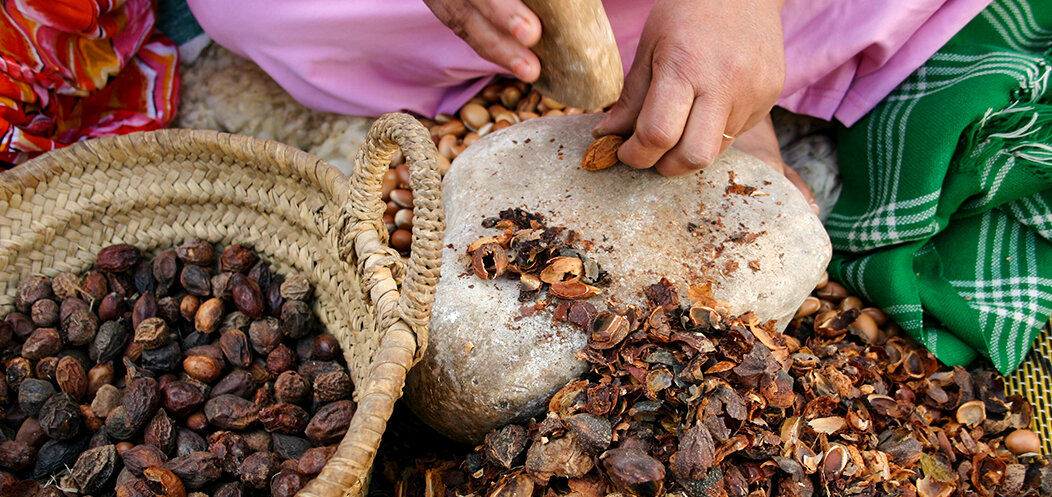

Qualität aus der Frauen-Kooperative
Das al balsam Bio-Arganöl wird unter fairen Bedingungen von einer Frauenkooperative hergestellt. Die 63 Frauen stellen das Öl selbst her und verkaufen nicht nur die Argannüsse an große Firmen. Damit können sie einen großen Teil zum Familieneinkommen beitragen.
Unser Arganöl ist direkt durch das Bundesamt für Verbraucherschutz und Lebensmittel notifiziert und erfüllt strengste Qualitätskriterien.
VEGAN
ohne PEG‘s, SLS, SILIKONE & MINERALÖLE
100% NATÜRLICH & REIN
EHRLICH & FAIR
VEGAN
ohne PEG‘s, SLS, SILIKONE & MINERALÖLE
100% NATÜRLICH & REIN
EHRLICH & FAIR



